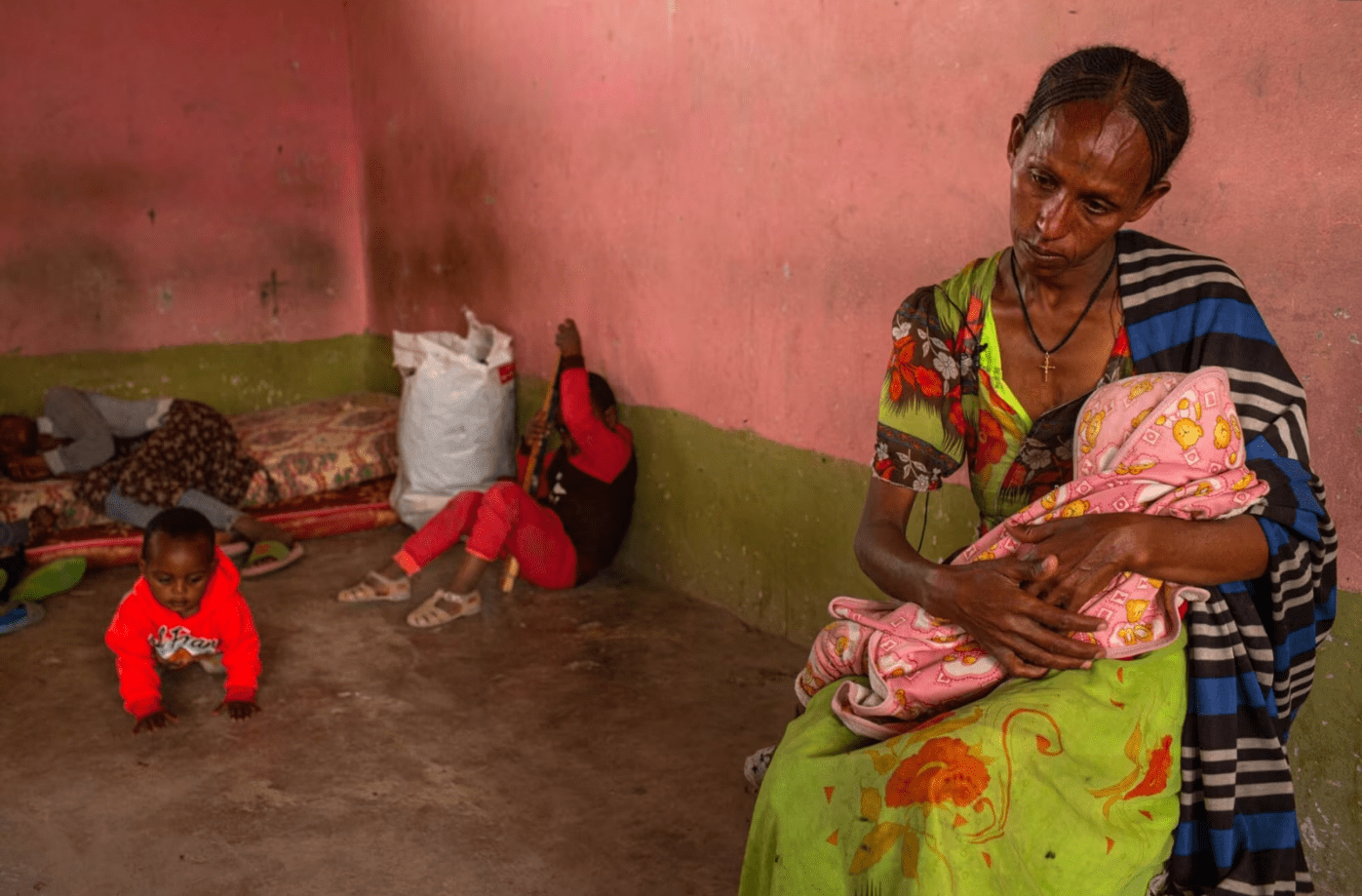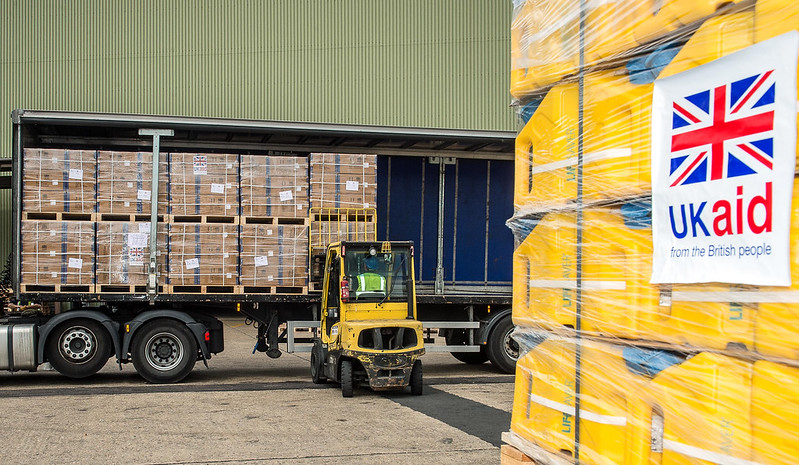WPF has just published an Occasional Paper, “Assessing the Anti-Atrocity Toolbox” by Bridget Conley-Zilkic, Saskia Brechenmacher and Aditya Sarkar, that asks what do we know about the effectiveness of various policy mechanisms that often the examining scholarly literature that tests the impact of various policy measures often cited as potential measures that state or international organizations could deploy when faced with a situation that demonstrates or threatens mass violence against civilians.
EXECUTIVE SUMMARY
The international failure to prevent and mitigate mass violence against civilians in the post-Cold War era, notably in Bosnia-Herzegovina and Rwanda, sparked a series of stock-taking efforts within international organizations, national governments and the broader policy community. Emerging from these reviews was a new set of insights that form the foundation of today’s anti-atrocity policies:
- Reducing violence against civilians is one of the most important measures by which the success of international interventions should be measured;
- Waiting until violence meets or approaches the legal definition of genocide means delaying responses until it is too late. This recognition provoked two shifts: a shift away from the legal term ‘genocide’ to other vocabularies, like ‘mass atrocities,’ and a growing emphasis on ‘prevention;’
- Preventative action and early response increase the likelihood of success of any policy measure, and decrease the human and financial costs of responding;
- International response should not be limited to all or nothing. Considerable energy was spent elaborating the conditions in which coercive military interventions in the name of civilian protection could be undertaken, yet effective responses short of this are both possible and desirable.
This final point begged the question: what is the broader range of policy mechanisms that can be brought to bear on a situation to prevent, respond to and aid recovery from mass violence?
Attempting to specify these measures, policy analysts have over the past two decades stocked the “Anti-Atrocity Toolbox” with a wide range of diplomatic, economic, legal and military instruments. Policy debates regarding the application and likely outcomes of these ‘tools’ have generally been driven by case studies. These are informative, but may lack generalizability or suffer from selection bias—that is, the tendency to only cite examples that bolster one’s argument. While scholars have begun examining the impact of these same major tools in cross-national statistical studies, their efforts are rarely incorporated into policy debates. This paper attempts to bridge this gap by reviewing the recent social science literature on the effectiveness of policy measures frequently include in the anti-atrocity toolbox. Our aim is to provide insights into emerging areas of consensus and highlight ongoing disagreements and gaps in knowledge.
KEY TAKE-AWAYS
A number of cross-cutting themes emerge from this review that help establish the broader context for evaluating international atrocity prevention and response. We address these first, before introducing the most compelling points of consensus regarding the impact of specific policy tools.
How we study mass atrocity and relevant policy tools
- Definitions and expectations of success vary: Success is defined differently across studies. Some measure it as a relative decrease in violence against civilians, whereas others examine absolute improvements in human security, such as the end of all or most civilian targeting.
- Beyond killing: The studies reviewed in this paper overwhelmingly focus on killing as the only or primary measure of mass violence. We recognize that this is a significant limitation, as it fails to account for variations in the systematic use of nonlethal violence against civilians – including forced displacement, sexual and gender-based violence or enforced disappearances.
- We only count what is visible: Most cross-national studies rely on datasets that track civilian killing through media reports and investigations by human rights organizations. These are rigorous and valuable tools, but like any method of estimating fatalities in complex environments, they are rarely comprehensive. It is important to understand the limitations of our current methods of tracking violence.
What we know about mass atrocities
- The likelihood of any policy tool achieving its intended impact improves with adept, nuanced and case-specific diplomatic strategy. Responses need to be embedded in a broader political vision as well as strong regional and international coalitions. No tool functions well absent this strategic leadership.
- The global context is in flux: Overall instances of genocide are in decline, despite ongoing examples of extensive civilian targeting. The type of regime most likely to commit mass atrocities has shifted from authoritarian states to states in transition, with non-state actors playing increasingly important roles. The Global War on Terror (GWOT) and violent contestation resulting from competition for regional influence further complicate the roles certain international actors can play in the most acute crises.
- Across the board, the ability of outside actors to impact perpetrator behavior increases when the target state is an ally, as well as when international and regional consensus is strong.
- High-intensity versus low-intensity: Genocide and mass atrocities are relatively rare occurrences. There are comparatively few cases from which to draw conclusions. Further, the factors that influence this form of high-intensity violence may differ from those that impact lower levels of violence that are often sustained as a regular part of political contestation in poorly institutionalized contexts.
- Differences in numbers or in nature? To improve civilian protection across multiple contexts, a numeric threshold defining “mass atrocities” may be less helpful for policymakers than understanding differences in the relative capacity of key actors in an atrocity setting. For instance, sudden changes in economic aid or conflict dynamics that alter the balance of power between warring factions can change the vulnerability of different civilian groups, potentially increasing the risk of mass violence.
- Not all good things go together: The tools that may most effectively prevent, mitigate, or end atrocities may not be the ones that best promote democracy and human rights, and vice-versa.
Key findings regarding the impact of anti-atrocity tools
- Diplomatic Tools: These include regular diplomatic interactions, public or private condemnations of violence, conflict or crisis mediation, and the suspension of diplomatic relations, among other measures. According to the studies reviewed in this paper, diplomatic actions that are most likely to improve situations at risk of atrocities are: speaking out frankly and publicly against the targeting of vulnerable groups, reinforcing principles of governance that support nonviolent leadership change, and maintaining diplomatic relations while being aware of ways in which diplomatic relations can be perceived as implicit acceptance of on-going policies. Once mass atrocities are underway, naming and shaming can help reduce the scale of violence against civilians, mediation can help conclude conflict, and, depending on the nature of the post-war settlement, peace agreements can possibly ward off post-conflict atrocities. However, diplomatic efforts are unlikely to fundamentally alter perpetrators’ choice to deploy violence against civilians in situations of ongoing high-level violence.
- Economic Tools: Development aid can be a powerful tool for increasing stability. However, in countries at risk of mass atrocities, case-specific understanding of how aid interacts with existing political and social mechanisms for restraining or mobilizing intergroup violence is crucial. Economic sanctions have a fairly poor track record of compelling change. While comprehensive sanctions seem to have a stronger impact than targeted measures, their adverse effects on civilian populations may contradict any usage predicated on the goal of “civilian protection.” Overall, sanctions are most likely to be effective if they are imposed by international organizations and/or by an ally of the target state, and if they aim to induce modest policy changes as part of a broader political strategy. Targeted sanctions may have a less detrimental impact on civilians, but they require careful calibration as crisis situations evolve. Financial and commodity sanctions appear to be more effective than other forms of targeted sanctions. Advocates for sanctions are increasingly calling for expanding the range of possible targets to include ‘enablers’ of mass atrocities, but the effectiveness of such measures has not been established to date.
- Legal Tools: Legal tools to prevent or mitigate mass atrocities include fact-finding missions, immunity or amnesties for perpetrators, indictments or arrest warrants, and international or domestic criminal prosecutions. Our review focuses primarily on the effectiveness of criminal prosecutions and the question of deterrence. At the moment, the evidence base is too limited to say whether or when international criminal proceedings act as deterrents. In several notable cases indictments by international tribunals seem to have had no such effect. While several recent studies suggest that international criminal proceedings can play such a role, it is difficult to isolate the impact of trials (or threat of trials) from the broader range of factors that influence levels of political violence in conflict-affected countries. Deterrence may of course not be the only reason for instituting trials. Increasingly, experts on transitional justice suggest taking a holistic and tailored approach that builds on existing capacities within post-conflict states, and layers different types of justice and accountability mechanisms to reinforce each other. Such an approach may be at odds with a toolbox metaphor: it implies thinking of specific mechanisms as processes within a social and political continuum.
- Military Tools: The military tools considered in this review range from cooperative security assistance to regime change campaigns. Across the board, the record of military tools with respect to ending or mitigating mass atrocities is extremely mixed. Military aid seems to be counterproductive in terms of pre-crisis preventative action, as it correlates with an increased risk of conflict. However, at least one study finds that pro-government interventions at an early conflict stage can decrease the risk of mass violence. Arms embargoes, on the other hand, are more likely to provoke modest changes in target state behavior than major reversals of policy. Further, there is some evidence that they make military victory less likely, thereby slightly increasing the likelihood of negotiated settlements. No-fly zones and safe areas have been used in too few contexts to be systematically evaluated. Case study evidence suggests that they are difficult to implement and only work under very specific conditions. Military interventions have a curiously disparate record: several studies find that only the armed confrontation of perpetrator states can reduce mass violence once it has reached the severity of genocide or politicide. Other studies find a remarkably stronger record of civilian protection and peace durability when neutral interveners in the form of UN peacekeepers are deployed. In general, internationalized internal conflicts seem to last longer and have higher overall death tolls than non-internationalized conflicts.
Collectively, the studies also help highlight a central insight: a policy tool will always remain a tool, and will only function as well as the strategy it aims to support, whether through persuasion or coercion.
Full study, discussing the available literature on the policy toolbox is available here.


